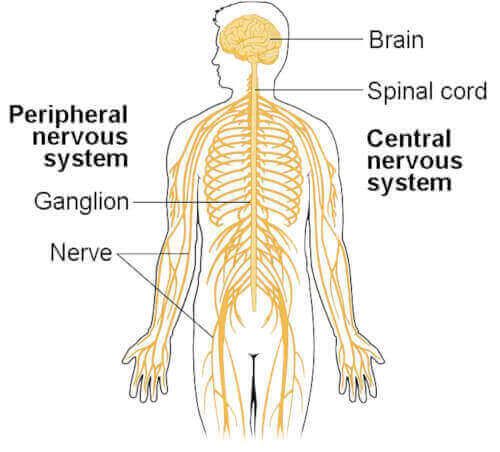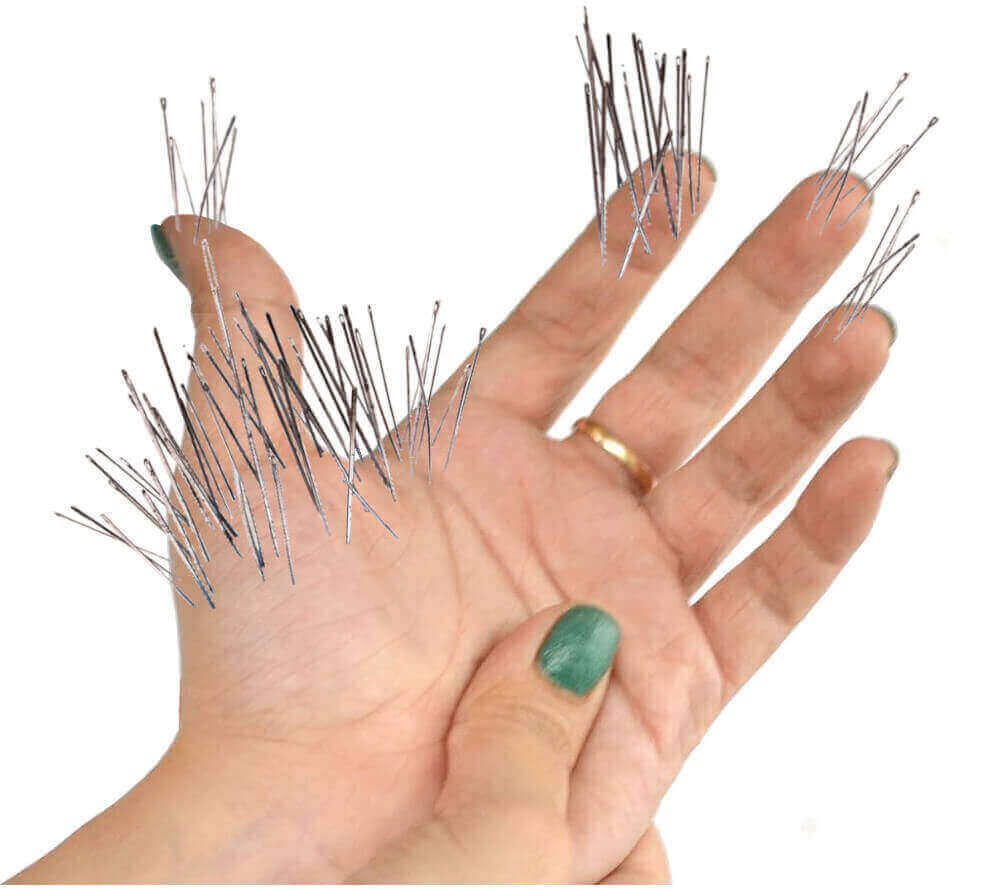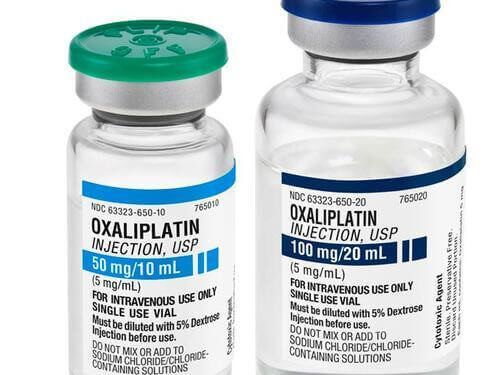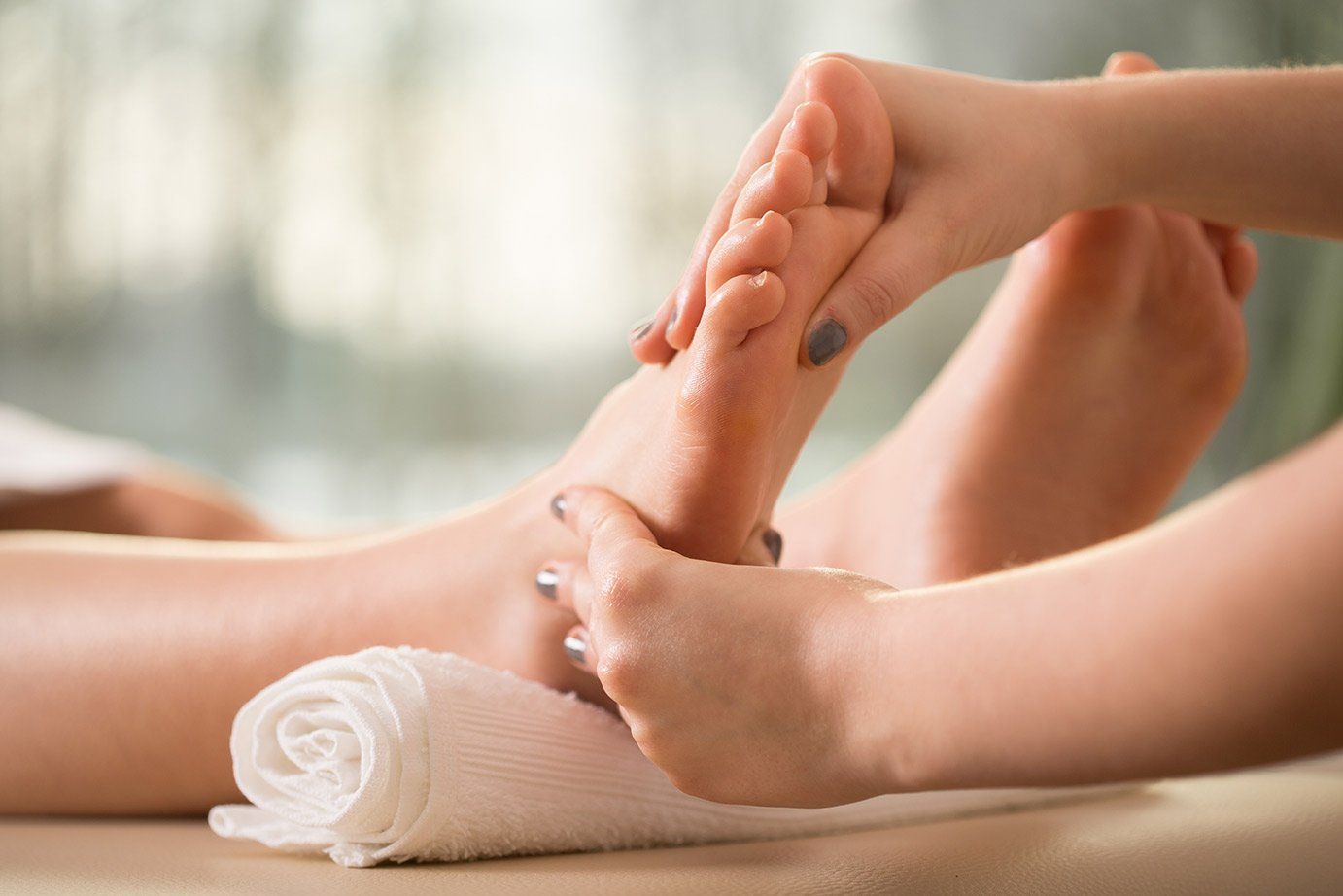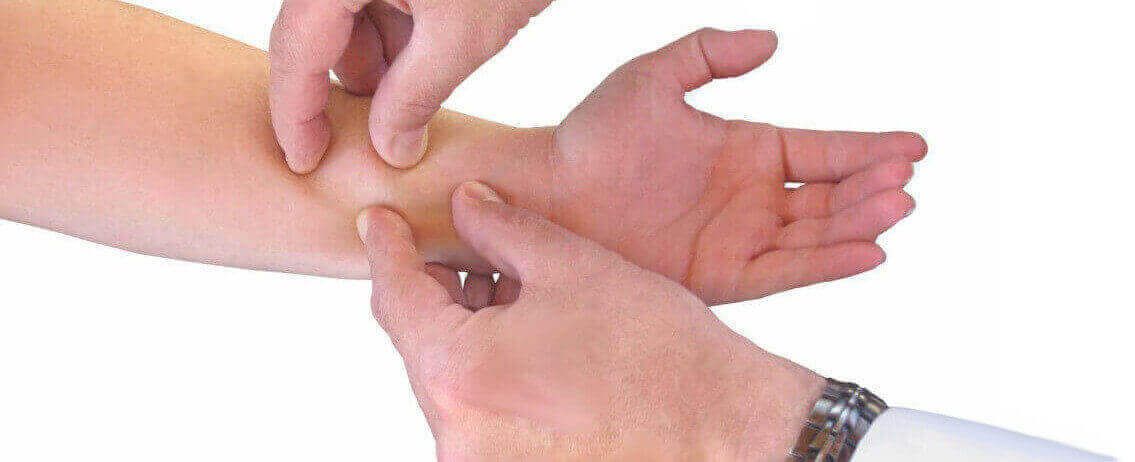Guide to Neuropathy in Hands & Fingers
From Dr. Z - Carpal tunnel syndrome specialist
Do You Have Neuropathy in Your Hands?
If you have peripheral neuropathy in hands or feet, then you're one of 20 million Americans who also suffer from this condition. And some of you suffer badly.
There are several forms of neuropathy. And because some forms are hard to detect, the number of people afflicted may actually be much higher.
Doctors often misdiagnose peripheral neuropathy as something else because symptoms can vary so widely. In fact, it's most often misdiagnosed as carpal tunnel syndrome. That's because peripheral neuropathy in hands & fingers is similar to symptoms of carpal tunnel.
Here's what you need to know about neuropathy so you can get the treatment you need.
- FIND OUT: do you have carpal tunnel? No strings attached self-test.
What is peripheral neuropathy?
Doctors use the term peripheral neuropathy to describe damage or malfunction in peripheral nerves. Those are the nerves that travel throughout our bodies, such as to the trunk and limbs.
Peripheral nerves connect the rest of the body to the central nervous system, which is comprised of the spinal cord and brain.
More specifically, peripheral nerves carry signals to and from the brain. Signals that go TO the brain tell it about the state of the body. For instance, if your hands are cold or you feel a sharp object on your foot.
Signals carried on peripheral nerves that go FROM the brain carry motor commands to the body. For instance, they tell muscles to contract, which is how a limb moves.
Other signals travel from the brain to organs like the heart, kidney, immune system, and blood vessels. These signals are crucial to our survival and well-being.
But when peripheral nerves don’t function properly, important functions can stop altogether. This malfunction of a peripheral nerve is called peripheral neuropathy.
Neuropathy means "nerve damage"
At its root, peripheral neuropathy means there is some degree of damage to a peripheral nerve. This keeps the nerve from working properly. This malfunction is the root problem in neuropathy.
There are several types of neuropathy:
- When only 1 nerve is damaged, doctors call the malfunction
mononeuropathy.
- If 2 or more nerves are damaged, doctors call this malfunction a
mononeuropathy multiplex.
- When a lot of nerves are damaged, usually affecting a wide region of the body, doctors call it
polyneuropathy.
Polyneuropathy is the most common type of neuropathy. Polyneuropathy can affect one or more areas of the body. For instance, diabetic (poly) neuropathy in hands and fingers can affect sensitivity in the entire arm. The same goes for polyneuropathy in feet and toes, where the entire leg can be affected.
How neuropathy happens
- Peripheral nerves can sustain damage resulting in total loss of a signal. This can happen with an injury, like a broken bone that slices through a nerve.
- A signal travelling in a peripheral nerve may be incorrect. This can result in inappropriate actions, like muscle twitches.
- Peripheral nerves may distort the signal going to or from the brain. This can cause organs to function weaker than normally required.
Neuropathy symptoms
The symptoms of peripheral neuropathy range widely. They can go from mildly noticeable to totally incapacitating. However, they’re rarely life-threatening.
Also, the symptoms depend on how severe the nerve is damaged. Additionally, it depends on the type of fibers the nerve is made of (pain versus fine touch fibers, for instance).
Finally, neuropathy symptoms can have a quick onset or else take years to develop. Sometimes the symptoms may come and go. Other times, they appear like a freight train and require the immediate attention and care of a doctor.
Generally speaking, neuropathy in hands, fingers, feet, and toes produces:
- Tingling (pins & needles),
numbness or prickling in hands or feet. These can spread toward the entire limb.
- Pain that's throbbing, burning, sharp or stinging.
- Sensitivity to being touched.
- Insensitivity to touch or pressure.
- Cold fingers or toes.
Chemotherapy-induced peripheral neuropathy (CIPN)
A common way a nerve can sustain damage and malfunction is by poisoning. This is known as nerve toxicity or toxic neuropathy.
Platinum compounds (like Oxaliplatin) and taxanes are chemicals used in chemotherapy for cancer patients. The chemicals are often necessary when other options are not suited for the patient's cancer treatment.
These compounds is are very toxic to cancer cells - which is great for cancer treatment. But they're also particularly harmful to peripheral nerves.
As a result, these chemotherapy drugs can cause peripheral neuropathy. This is why the term "chemotherapy-induced peripheral neuropathy" or CIPN is so descriptive of the problem.
Due to this toxicity to peripheral nerves, scientists have been looking for other ways to reduce the effects of the chemotherapy chemicals.
This is how the idea of "Oncology Massage" for neuropathy in hands & feet came about.
Massage for neuropathy in hands & feet
Massage therapy works very effectively for a number of ailments. And massage is recognized as an effective remedy by mainstream healthcare organizations. Specifically, massage therapy is:
- Listed as "complementary health" by the
National Center for Complementary and Integrative Health, which coordinates research in massage therapies.
- One of the most common integrative treatments recognized by the National Cancer Institute or NCI.
The NCI says that several complementary therapies are usually given to patients with cancer at the same time. This is called Oncology Massage. Oncology Massage is usually followed with these other common complimentary therapies for cancer patients, along with their percent popularity:
- Acupuncture and massage (73.3%)
- Meditation and yoga (68.9%)
- Nutrition consultations (91.1%)
- Dietary supplements (84.4%)
- Herbs (66.7%)
How massage is performed
Patients who have an “Oncology Massage” get certain (not all) components of a standard Swedish Massage. The Oncology Massage was devised by therapists who were trained to provide massage therapy specifically for cancer patients.
In the Oncology Massage, therapists take into consideration what the cancer patient’s needs are, and what outcome they’re trying to achieve.
This means, for instance, that when a therapist performs massage for neuropathy in hands or feet, they must take into account any adjustments for various restrictions around the wrists or ankles, respectively. Restrictions are areas of fibrous connections or adhesions under the skin, primarily among connective tissues.
Manipulating these areas can be painful or cause other problems. Therefore, a therapist must be aware of which areas of the patient’s body should be avoided.
Likewise, the areas requiring special attention, body positioning, and bolstering are carefully considered by the therapist during massage therapy. As you can see, Oncology Massage requires special knowledge and training.
Patients who underwent Oncology Massage treatment
A
recent clinical study by Dr. G. Lopez (Medical Director at the MD Anderson Cancer Center) showed that neuropathy in hands & feet can be dramatically reduced using
Oncology Massage.
The study results were presented to doctors at the
Supportive Care in Oncology annual conference (2019) in San Francisco.
With Oncology Message, there was a dramatic difference between those patients who received it versus those who didn't. All patients had chemotherapy-induced peripheral neuropathy in hands & feet (CIPN).
The typical patients in the study were as follows:
- 77.5% were female.
- 57.7% had breast cancer.
- 42.3% had gastrointestinal cancer.
- The mean age was 60 years old.
- All patients had a peripheral neuropathy in hands & feet caused by oxaliplatin chemotherapy.
Types of pain in patients
People with peripheral neuropathy due to chemotherapy (CIPN) can have 3 types of cancer pain:
- Paroxysmal extreme pain causes flushing (warmth) and redness. Patients can have attacks in different parts of their bodies where the pain is severe. The attacks of paroxysmal pain can last for hours, but usually only a few seconds or minutes.
- Deep somatic pain is when pain receptors in the skin cause a dull or aching pain. This pain is usually localized.
- Superficial somatic pain is similar to deep somatic pain, except the pain is much sharper. It may also feel like a simultaneous pricking or burning.
A different study showed same results
Another researcher, Dr. A. Mendez performed the same protocol in another study. He found similar results as Dr. Lopez using Oncology Massage for neuropathy in hands, feet, and other body parts.
After a single session of Oncology Massage therapy, Dr. Mendez found that over 50% of patients reported improvement in all symptoms related to CIPN.
In summary, all Oncology Massage patients do much better than patients who don’t have massage therapy. Deep pain, surface pain, and paroxysmal pain are 2-3 times better. And the pain relief persists longer.
Conclusion
Oncology Massage in cancer patients who have neuropathy in hands & feet is highly beneficial. It results in 2-3 times less pain than untreated patients. Also, the pain relief is long lasting.


